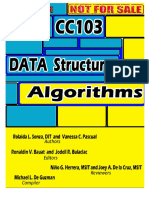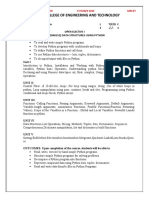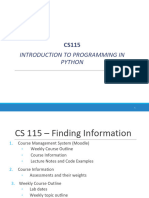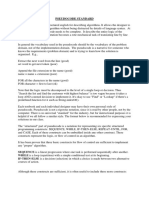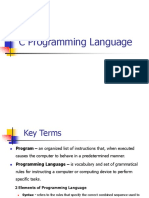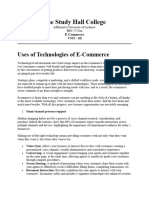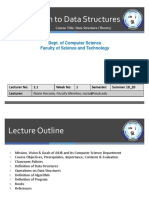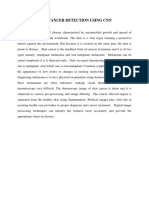0% found this document useful (0 votes)
8 views95 pagesLecture 1
This document provides an overview and outline of a course on data structures and algorithms using Python. The course is taught by Peter Lo and covers Python programming basics, data structures, algorithms, and using external modules and libraries. Key topics include Python overview, Jupyter Notebooks, variables, data types, operators, conditional statements, and loops. The material can be found on the instructor's website and resources for learning Python are provided.
Uploaded by
Randall HallCopyright
© © All Rights Reserved
We take content rights seriously. If you suspect this is your content, claim it here.
Available Formats
Download as PDF, TXT or read online on Scribd
0% found this document useful (0 votes)
8 views95 pagesLecture 1
This document provides an overview and outline of a course on data structures and algorithms using Python. The course is taught by Peter Lo and covers Python programming basics, data structures, algorithms, and using external modules and libraries. Key topics include Python overview, Jupyter Notebooks, variables, data types, operators, conditional statements, and loops. The material can be found on the instructor's website and resources for learning Python are provided.
Uploaded by
Randall HallCopyright
© © All Rights Reserved
We take content rights seriously. If you suspect this is your content, claim it here.
Available Formats
Download as PDF, TXT or read online on Scribd
/ 95



















